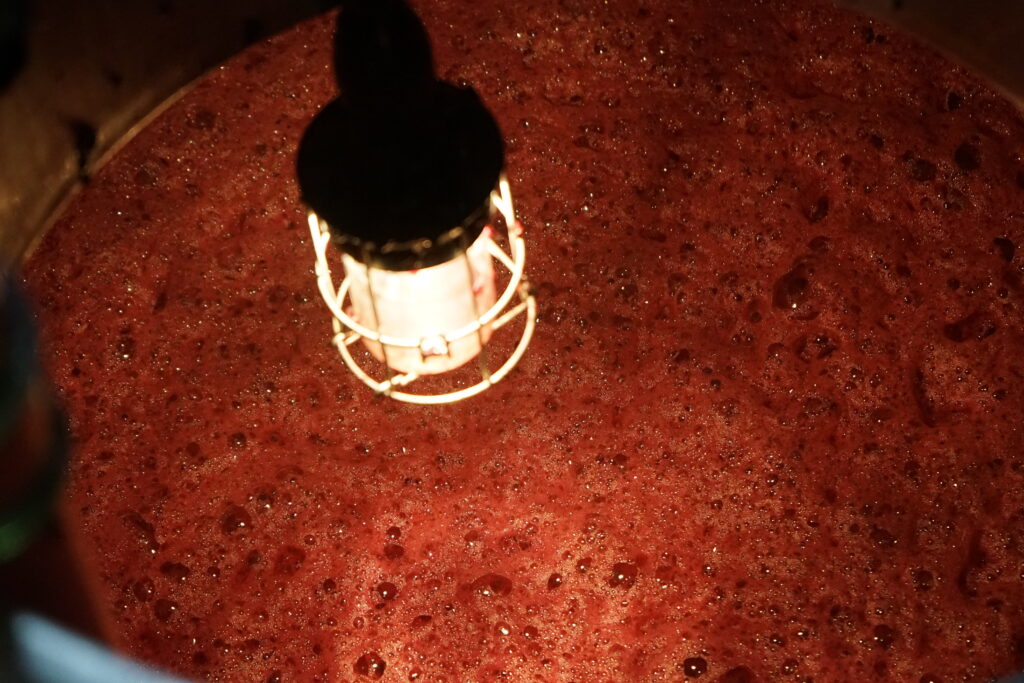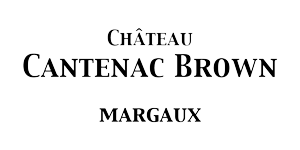Chateau Cantenac Brown wines are gently fermented in the winery. Fermentation is the natural chemical process during which the grape juice is transformed into alcohol by the action of the sugar contained in the pulp and the yeasts. There are two types of fermentation: alcoholic and malolactic.

Alcoholic fermentation
Once the grapes are in the vats, alcoholic fermentation can begin. It starts when the skin of the grapes is split and the temperature exceeds 12°C. For this, our tanks are made of stainless steel and thermo-regulated by internal exchangers (coils). The thermoregulation is electronically controlled.
The sugar then comes into contact with the yeasts present on the skin of the grape or in the air and is gradually transformed into alcohol. Yeasts are microscopic fungi that play an indispensable role in the fermentation process. During the fermentation process, secondary compounds are released such as carbon dioxide, ethanol (alcohol), and glycerols which give the wine its smoothness. The must then starts to heat up, and under the action of carbon dioxide, it even starts to bubble. It is essential to regulate the temperature of our tanks because at around 35-37°C, the yeasts are killed by the heat and the fermentation stops. Once the yeasts have transformed all the sugar into alcohol, the alcoholic fermentation stops. This process usually takes two to three weeks.
Malolactic fermentation
Malolactic fermentation is necessary for all red wines, it will bring suppleness, roundness and stability to the wine. It is important to follow the progress of this fermentation 1 to 3 times a week depending on the speed of the phenomenon. It is caused by bacteria which will transform malic acid into lactic acid by rejecting carbonic gas.
It can start a few days after the alcoholic fermentation but more generally it starts in the two months that follow. It is then necessary to maintain the wine at the right temperature (between 20° and 23°C) to take care of the bacteria which can be long to multiply.
Once the malolactic fermentation is over, the wine must be racked. Racking allows the separation of the wine from its lees which contain a large population of bacteria that are now useless and even dangerous.


